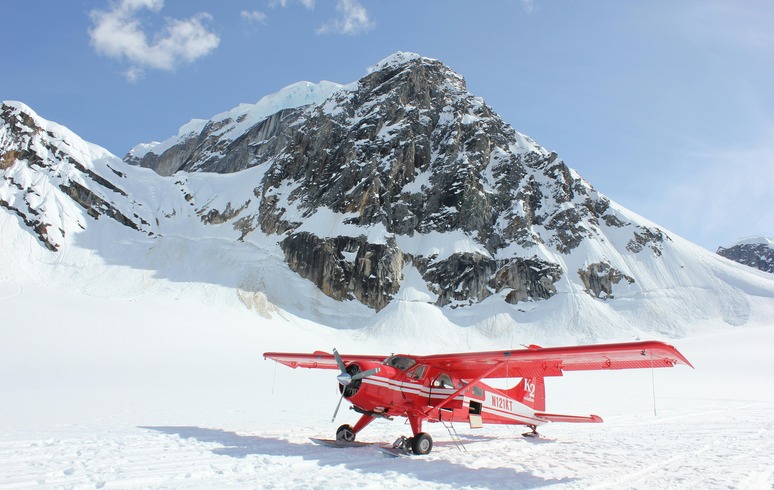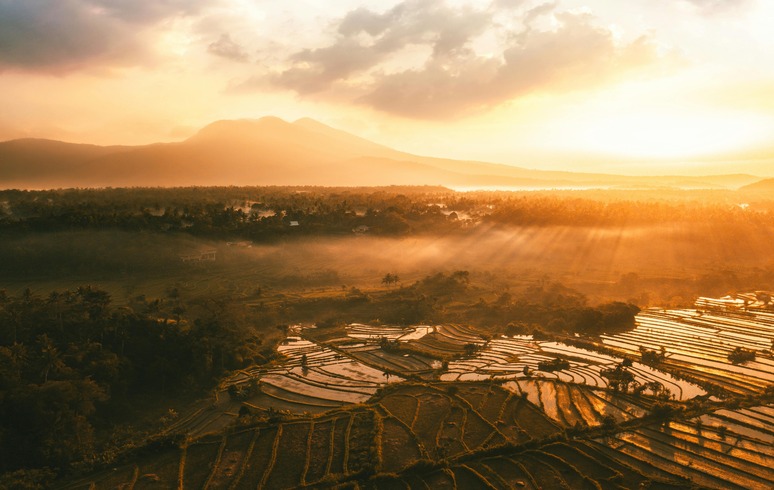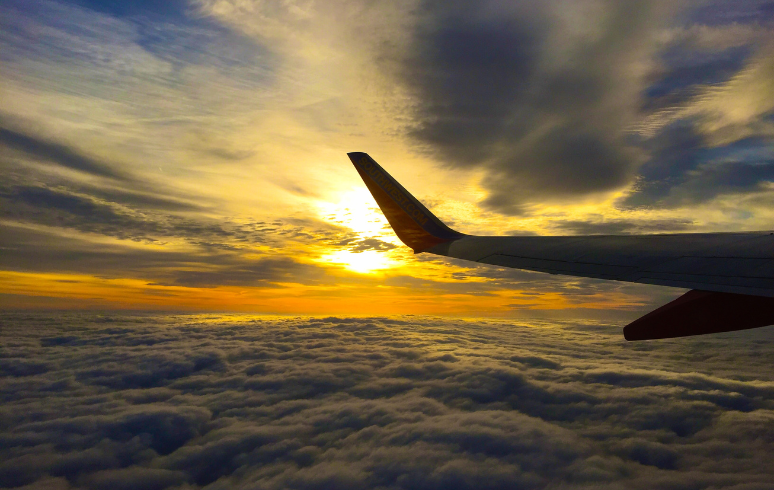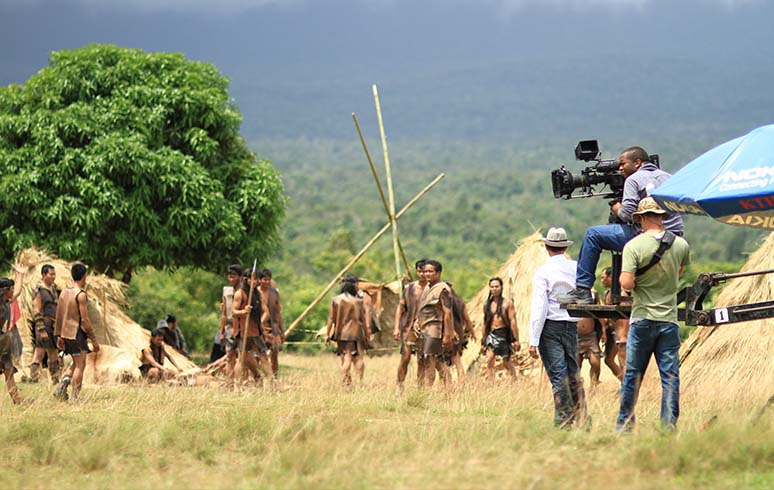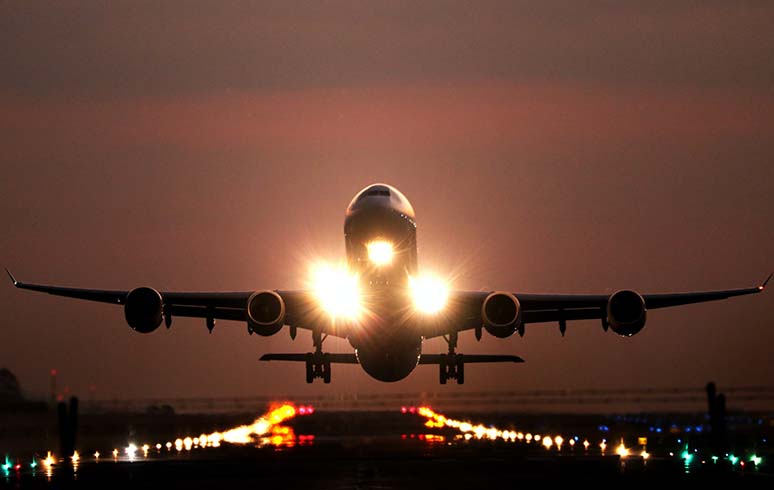Insights
- Production
- Risk
- Content
- Training
- Travel
- Planning
- Covid-19
- Article
- Podcast
Be Aware, Feel Prepared: Travel Safety and Security Training
In the dynamic world of film and television production, travel is often a fundamental part of the job. Production crews regularly find themselves in diverse locations, from bustling urban centers to remote wildernesses, each presenting its own unique set of challenges. Ensuring the safety and security of crew members is important, and that's where the GFS Academy's Travel Safety and Security Training comes into play.
Read MoreFilming in Indonesia: Everything You Need to Know for Your Next Production
As the world’s largest archipelago, Indonesia offers a diverse portfolio of locations – from tropical beaches to flourishing jungles – sophisticated and English-speaking crew, a vibrant culture and warm hospitality.
Read MoreSculpting the Giant: A Co-Production between New Zealand’s GFS and Indonesia’s Seeds Motion.
GFS is thrilled to share film festival updates for our feature documentary, "Sculpting the Giant." At its core, "Sculpting the Giant" is a celebration of art, creativity, and the indomitable spirit of artists who dare to dream big. It's a story that resonates with anyone who has ever pursued a passion with unwavering determination.
Read More5 steps to creating a film production risk assessment
Learn how a risk assessment for film production is created using the 5-step methodology of identify, assess, control, record and review.
Read MoreGFS Risk certified by global anti-bribery, TRACE International
GFS Risk has obtained TRACE International’s certification following TRACE International completing a due diligence on GFS Risk’s business and practices.
Read MoreGFS acquires rights for Ewan Wilson’s bestseller Dogfight
GFS is pleased to announce it has acquired the rights to take Ewan Wilson’s bestselling autobiographical book Dogfight: The Inside Story of the Kiwi Airlines Collapse to the screen.
Read MoreGFS hires seasoned General Counsel to support expansion
Global film risk management and production services company GFS has hired former Goodman Fielder lawyer Simon Smith as its new General Counsel. The appointment comes as the firm expands its service offering to its portfolio of industry-leading clients.
Read MoreWhat is risk management for film productions?
Risk management is the process of reducing risks to an acceptable level. Risk management for film production deals specifically with the unique risks of production, prep, and wrap activities on set or location.
Read MoreWhat is a risk assessment in filmmaking?
A risk assessment is the starting point for managing the health and safety, security, and medical risks inherent in filmmaking. They are used to prioritize control measures that reduce the likelihood and consequence of negative outcomes occurring on a film production.
Read MoreTaking your production overseas
How can a production operate safely while overseas during the Covid-19 pandemic? The best practice risk mitigation measures are not that different to producing shows and films domestically. However...
Read MoreGFS Risk wins American Chamber of Commerce award
GFS Risk has been awarded a 2020 AmCham-DHL Express Success and Resilience Award for its work on helping US productions to restart safely during the Covid-19 pandemic...
Read More